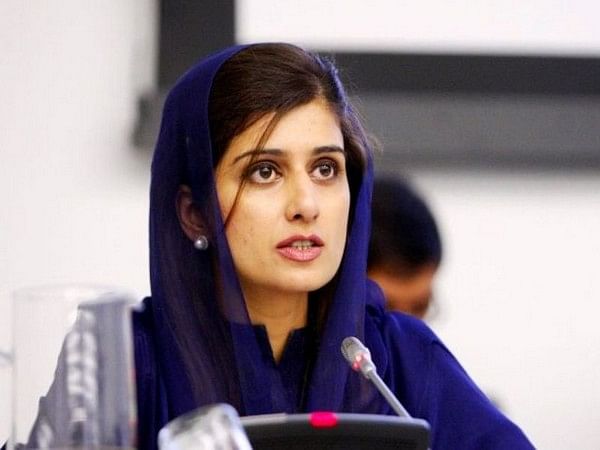The Taliban reportedly arrested 40 people at Mazar-e-Sharif, a middle city in Afghanistan, at the end of January 2022. Taliban members were then suspected of being raped by eight women.
The women who survived the rape of the gang were then killed by their families. The fact that women have been raped violated by a social honor code called PashtunWalli, which prohibits women from having sex outside the wedding.
Taliban spokesman Zabihullah Mujahid tweeted that some of the women they arrested “remained detained because their male relatives had not yet come to escort them.”
The news of the attack circulated among various Afghan communities and some local media, according to several Afghan women’s rights activists who were part of my academic network. This colleague cannot be named due to security issues.
Activists of women’s rights marched in Kabul on January 16, 2022, asked where the women’s attack Mazar-e-Sharif had gone.
But careful online news search in English will not disclose details about the recent kidnapping and gang rape – a form of joint aggression by the Taliban in the 1990s. No Western media covered the attack.
Afghanistan made Western News West in July and August 2021, as M.S. Attract the last troop of the country.
Under the rules, lesbians, gays, bisexuals, and transgender Taliban in Afghanistan facing “big threats” of violence and death, according to new findings by research and advocating the Nonprofit Organization Human Rights Watch.
Violence against women in Afghanistan also seems more deteriorating, according to local Afghan colleagues, I know. But these reports do not cause international political concerns.
During the peace conference and the main conflict I attended with Alexia Cervello San Vicente, a master student at Columbia University, in January 2022, participants answered questions about the gender-based violence of Afghan women who supported trade and foreign aid agreements. Alexia helps in the research and writing of this story.
As a terrorist expert and violence against women, I found that the current situation for women and girls in Afghanistan reminded the Taliban’s last strict regime in the 1990s.













